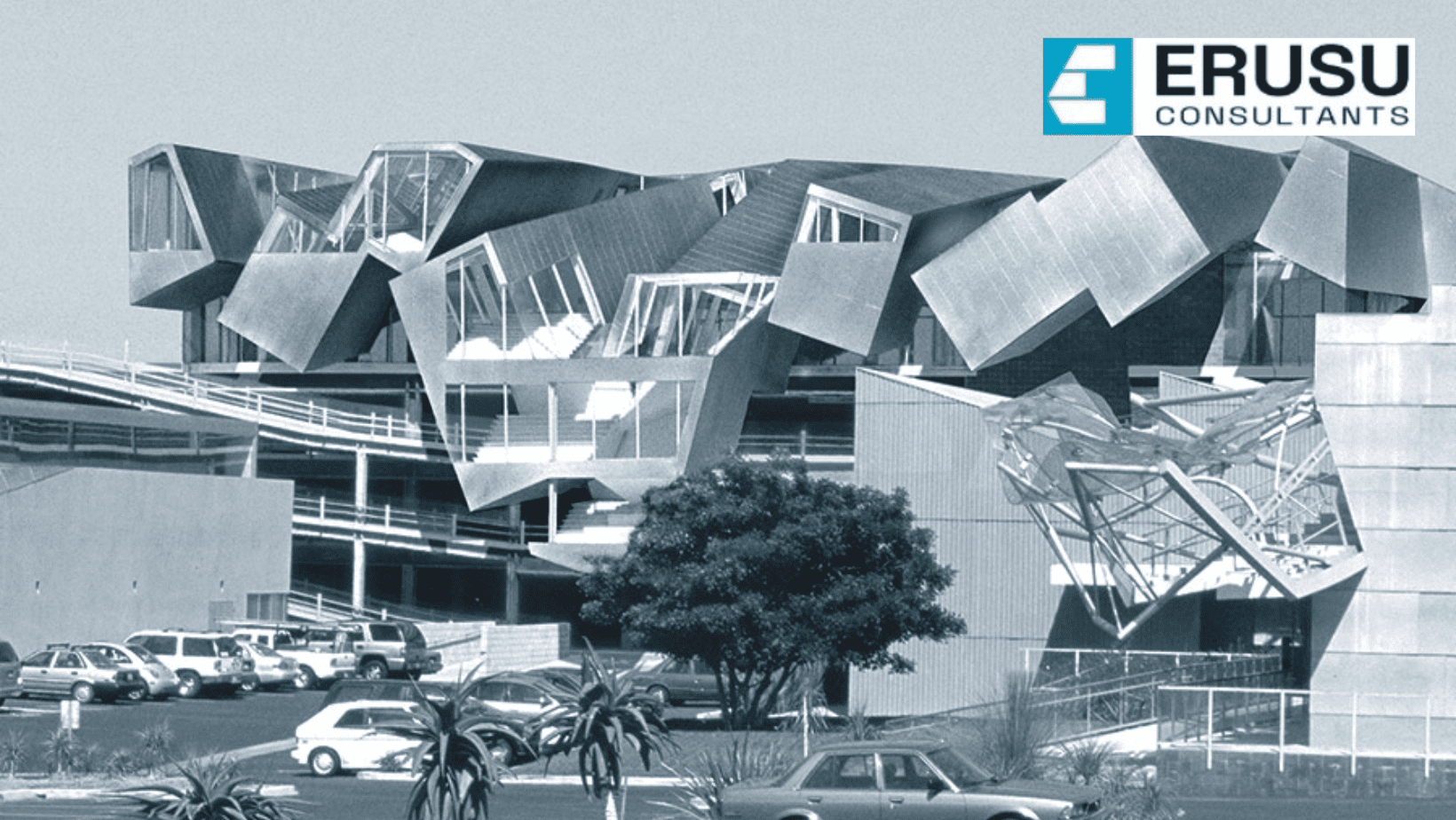The Intersection of Technology and Architectural Design Engineering
In the dynamic realm of architectural design engineering, the integration of technology has become a driving force behind innovation, efficiency, and sustainability. The marriage of technology and architecture has revolutionized the way buildings are conceptualized, designed, and constructed, ushering in an era of unprecedented possibilities and opportunities.
Advanced Visualization Techniques:
One of the most significant advancements facilitated by technology is the use of advanced visualization techniques. Architectural design software, such as Building Information Modeling (BIM) and Computer-Aided Design (CAD), allows designers to create intricate 3D models with unparalleled precision and detail. These models not only provide a realistic representation of the final structure but also enable architects to simulate various environmental conditions, such as lighting, acoustics, and airflow, to optimize building performance.
Parametric Design:
Parametric design, another innovative approach empowered by technology, enables architects to create complex, highly customized structures using algorithmic principles. By defining parameters and constraints, designers can generate a multitude of design iterations and explore creative possibilities that would be otherwise impractical or impossible to achieve manually. This iterative design process fosters experimentation and enables architects to push the boundaries of conventional architectural aesthetics.
Digital Fabrication and Additive Manufacturing:
The advent of digital fabrication technologies, including 3D printing and robotic fabrication, has transformed the way architectural components are manufactured and assembled. These technologies allow for the rapid prototyping of complex geometries and the customization of building elements with unprecedented precision. Additive manufacturing techniques also offer opportunities for sustainable construction by minimizing material waste and optimizing resource utilization.
Responsive and Adaptive Architecture:
Technology has enabled the development of responsive and adaptive architectural systems that can dynamically adjust to changing environmental conditions. From kinetic facades that modulate light and ventilation to intelligent building systems that optimize energy usage, these innovations enhance occupant comfort, reduce operational costs, and promote sustainability. Smart building technologies, such as sensors, actuators, and IoT (Internet of Things) platforms, enable buildings to collect and analyze data in real-time, allowing for informed decision-making and proactive management of building performance.
Virtual and Augmented Reality:
Virtual and augmented reality technologies have emerged as powerful tools for architectural visualization and communication. Architects can now immerse themselves and their clients in virtual environments, providing a compelling sense of scale, proportion, and spatial experience. These immersive technologies facilitate collaborative design processes, enhance stakeholder engagement, and enable clients to make informed decisions early in the design phase.
Conclusion:
The intersection of technology and architectural design engineering has opened up a world of possibilities, transforming the way we conceive, create, and experience the built environment. From advanced visualization techniques to digital fabrication and responsive architecture, technology continues to push the boundaries of architectural innovation. As we embrace these technological advancements, we have the opportunity to shape a more sustainable, efficient, and aesthetically compelling built environment for generations to come.





